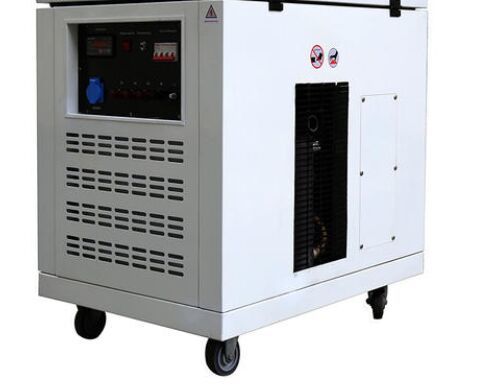The asynchronous generator is an alternator whose rotor speed is the same as that of the stator's rotating magnetic field. The synchronous generator is one of the most commonly used AC generators. According to the structure, it can be divided into rotating armature and rotating magnetic field.

When its number of magnetic pole pairs is p and the rotor speed is n, the output current frequency f=np/60 (Hz). It is widely used in hydropower, thermal power, nuclear power, and diesel power generation.
The output of an alternator is usually expressed in amperes, which is basically just the amount of current that the unit can provide to all equipment connected to the electrical system. This is an important number because OEM alternators usually do not have the capacity to handle the extra load created by aftermarket equipment and upgrades.
When this happens, your alternator output cannot fully meet the needs of your electrical system, and you can experience everything from dim headlights to serious driving performance problems(automatic voltage regulator for alternator). Leave it alone, this problem will eventually cause the alternator to burn completely.
At present, the automotive alternator with a rated output current of 50A is separated, that is, the regulator and the motor body are separated. Due to the different installation positions of the motor body and the regulator on the car, the wires need to be connected between them, and even the wiring is relatively long. There may be poor voltage regulation performance and poor safety and reliability due to wire problems; The installation area is relatively large.